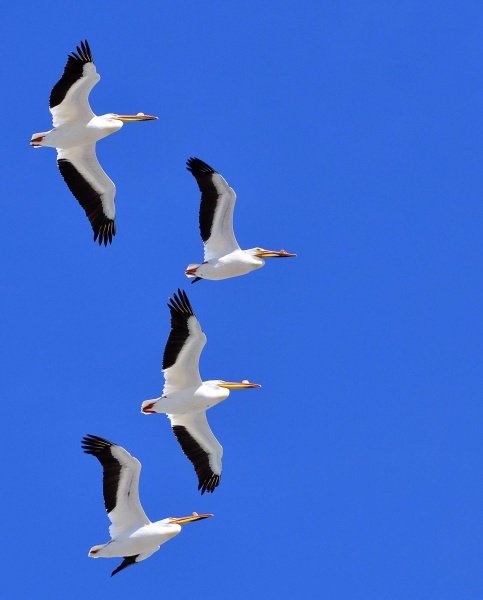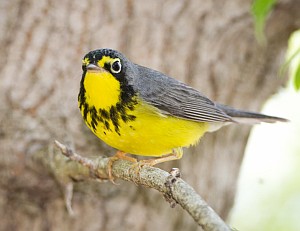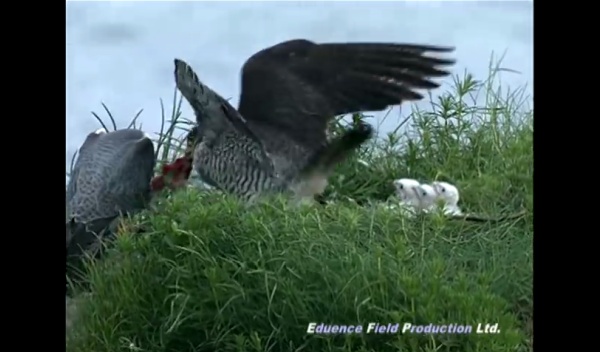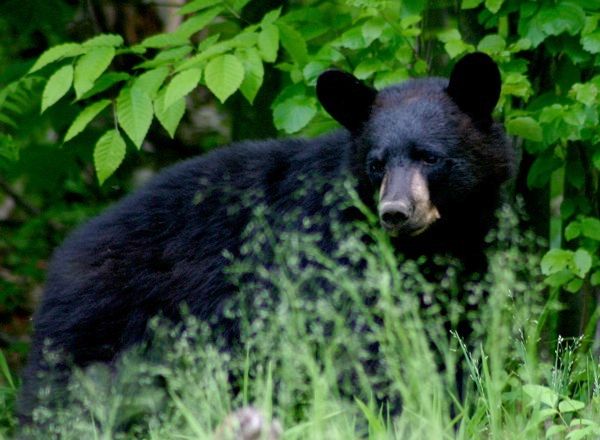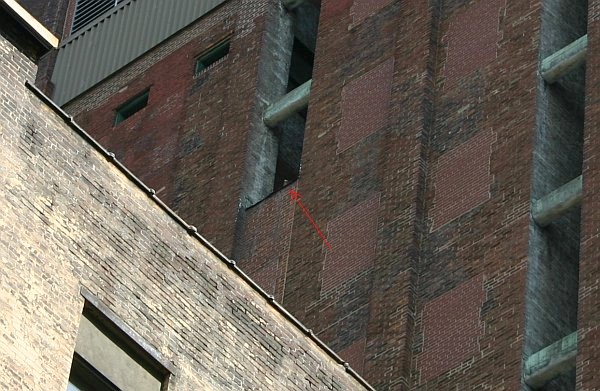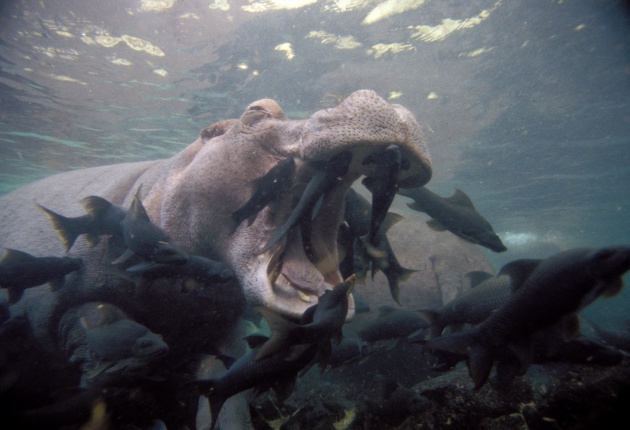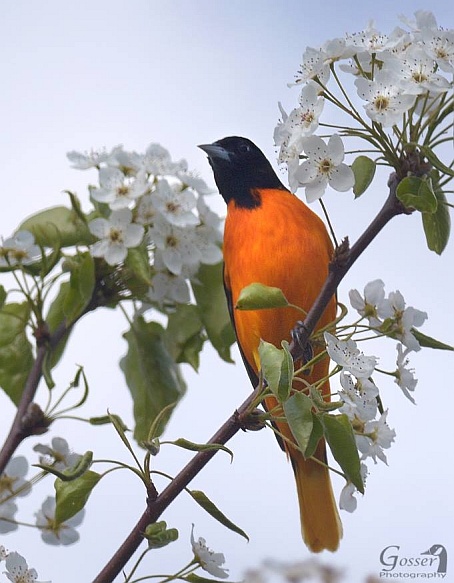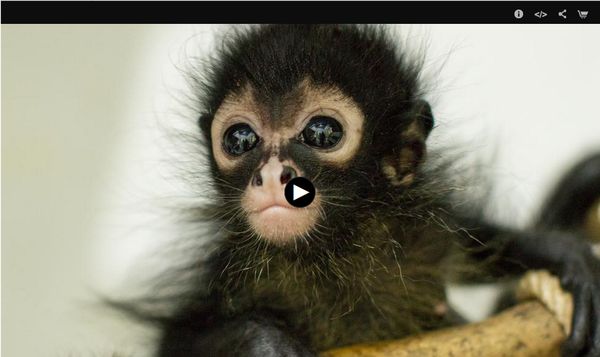
There’s a hospital in the Guatemalan jungle that’s saving lives every day. It’s operating at capacity with over 700 boarders yet it tries not to turn anyone away. The hospital is ARCAS. Their patients are injured and orphaned jungle animals, often harmed by the illegal pet trade.
In PBS NATURE’s season finale, Jungle Animal Hospital shows the daily challenges faced by ARCAS staff as they heal the animals and prepare them for release in the wild. Every release is a celebration.
Some animals are so rare that each life represents a significant portion of the population. Such is the case with the scarlet macaws.
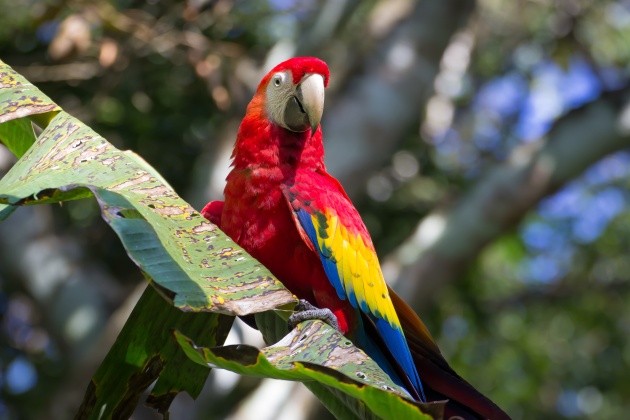
There are only 300 of these scarlet macaws left in the wild so ARCAS has developed a captive breeding program, similar in concept to North America’s peregrine recovery program two decades ago. The difference is that scarlet macaws are social animals so they must be reared and released in a flock with their friends.
Watch at the end of the show as ARCAS releases nine scarlet macaws into the jungle — 5% of the wild population — a moment so moving it brought tears to my eyes.
Don’t miss PBS NATURE’s season finale Jungle Animal Hospital this Wednesday May 18, 2016 at 8pm EDT/ 9pm CDT on PBS. In Pittsburgh it’s on WQED.
(photo of scarlet macaw at ARCAS by Alejandro Morales courtesy PBS NATURE)






